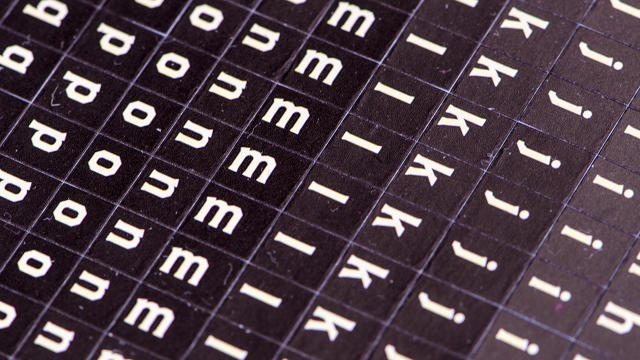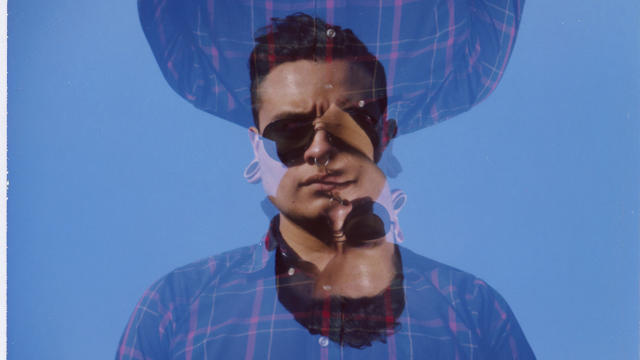How To Make Chatbots That Are Actually Worth Talking To
The bots are coming. Every day now there’s a new announcement of a major media or technology player betting big on the future of chatbots powered by artificial intelligence, that will do everything from helping us book trips to controlling our ever-smarter homes.
It makes sense. Our natural language is, well, the most natural way for humans to communicate. Getting what we want through a conversation with an intelligent agent is bound to feel simpler than using a click-based interface, especially in a world where mobile rules.
It feels like a new horizon is opening up, but also like a bit of déjà vu. In the early 2000s I worked as a copywriter on one of the first IM-based chatbots, named VaVaVirgil, who was built to help the Virginia Tobacco Settlement Foundation educate teens on the dangers of smoking.
The process was tedious to say the least. You first had to catalog every unique thought that someone might express to the bot. Then list out every possible way that thought might be expressed in words, including common misspellings—English being particularly noteworthy for having almost innumerable ways of saying anything. Finally, all these possibilities needed to be collapsed and scripted using a kind of markup code that the bot could understand. This last step was done sitting side by side with a creative developer. Then of course you have to craft all the witty responses for every single possible input.
The explosion in deep learning makes creating a chatbot today much less painful. You only need to give the bot some examples of what you’re talking about, and it can fill in the gaps, which is amazing. The big difference is that with VaVaVirgil, the bar was extremely low. Success was the bot being able to respond two or three times with something that felt plausibly connected to the input. To really catch on, bots will need to track complex conversations, guide people through complicated purchasing decisions, and solve real problems in real time.
With that in mind, here are some tips that can help guide us as we enter this new world.

Collaborative Stretching
Everyone involved will need to reach outside their normal boundaries. To start, you’ll need a writer who can nail the tone of the brand, but also think abstractly about how language works, like a coder would. And they’ll need to partner closely with a creative developer who can look at English as another programming language.
Planning for the Worst
Microsoft’s recent Tay debacle didn’t come as a surprise. Having seen the user logs for VaVaVirgil back in the day (some of which can still be found online) it’s clear that at first, mostly people will try to trick bots into saying the wrong thing. Eventually that will wear off, but it’s good to make sure all the right profanity filters are in place.

Creating Personalities
We should aim high. There’s no reason why the bots we create can’t become at least as famous and culturally relevant as beloved characters from TV advertising. You might say that the fact that they aren’t real makes this impossible, but it’s important to remember that Flo isn’t real either.
Don’t Forget the Data
Chatbots can pull data from everywhere to make the conversation more personal, relevant, and fit for the context in which it’s occurring. They should also be thinking about conversations that involve more than just voice and text. What if a bot could serve up relevant graphics, animations, and videos that were all personalized to your exact needs, to help you decide on which product to buy or plan to sign up for?

Intend to Improve
No matter how carefully you think through the conversations your bots will have with people, nothing will tell you what the bot needs to do better than looking at how real people are interacting with it in the wild. Plan on launching a Minimum Viable Bot (MVB), then optimizing and improving it in real time.
Bots Just Wanna Have Fun
Let’s remember that in addition to being incredibly useful, talking to a robot could be a lot of fun. Subservient Chicken was essentially a chatbot that took in text from the user and returned video clips. All these years later, it seems like the creative potential of conversational interfaces connected to deep learning is virtually unlimited.
Jay Zasa is a senior vice president and executive creative director at R/GA.
Fast Company , Read Full Story
(36)














